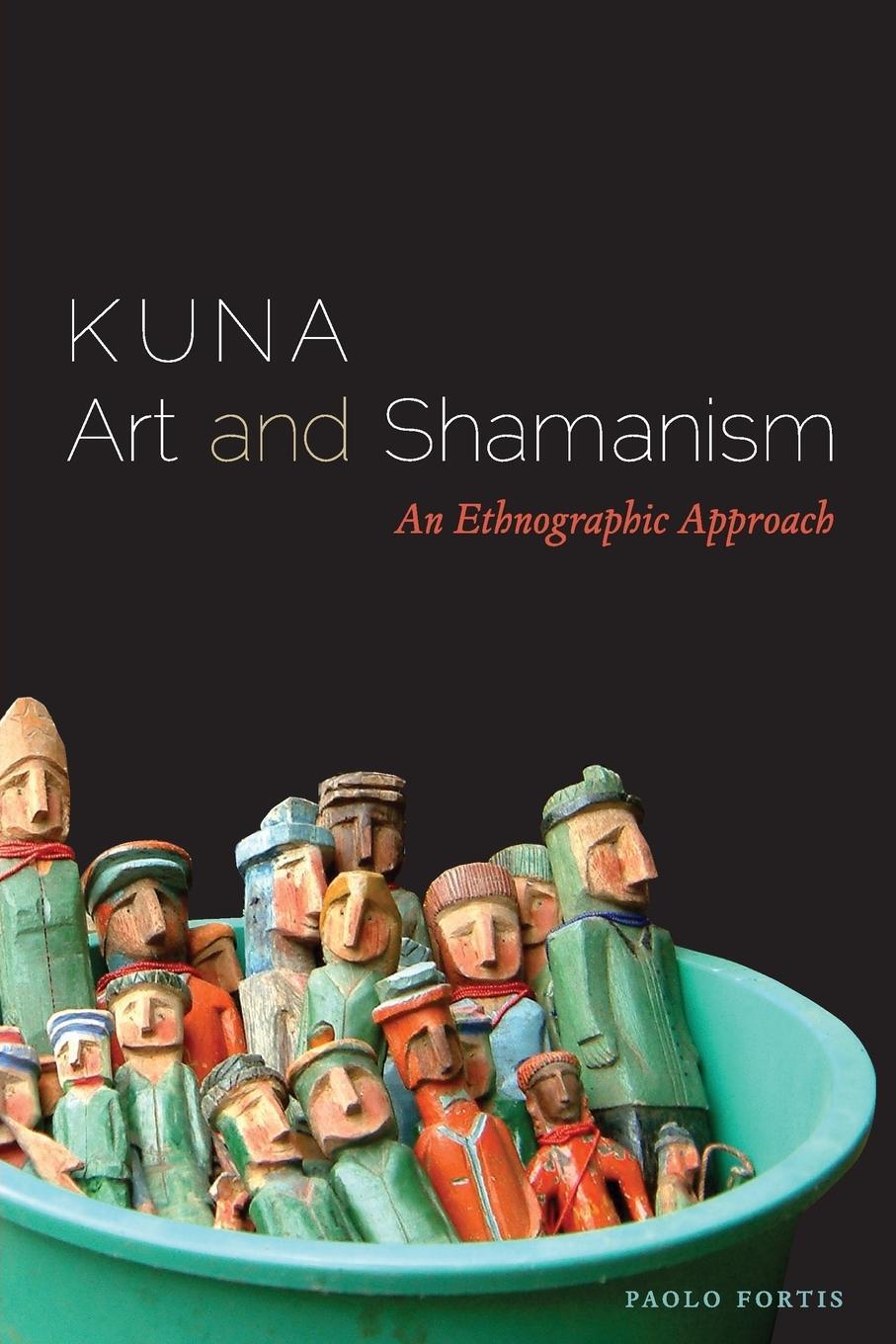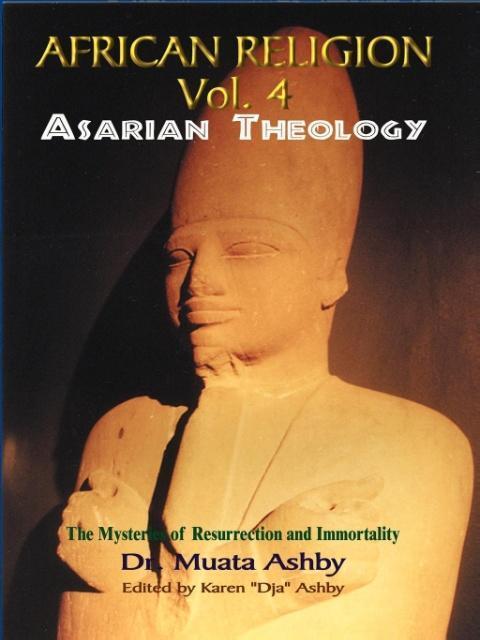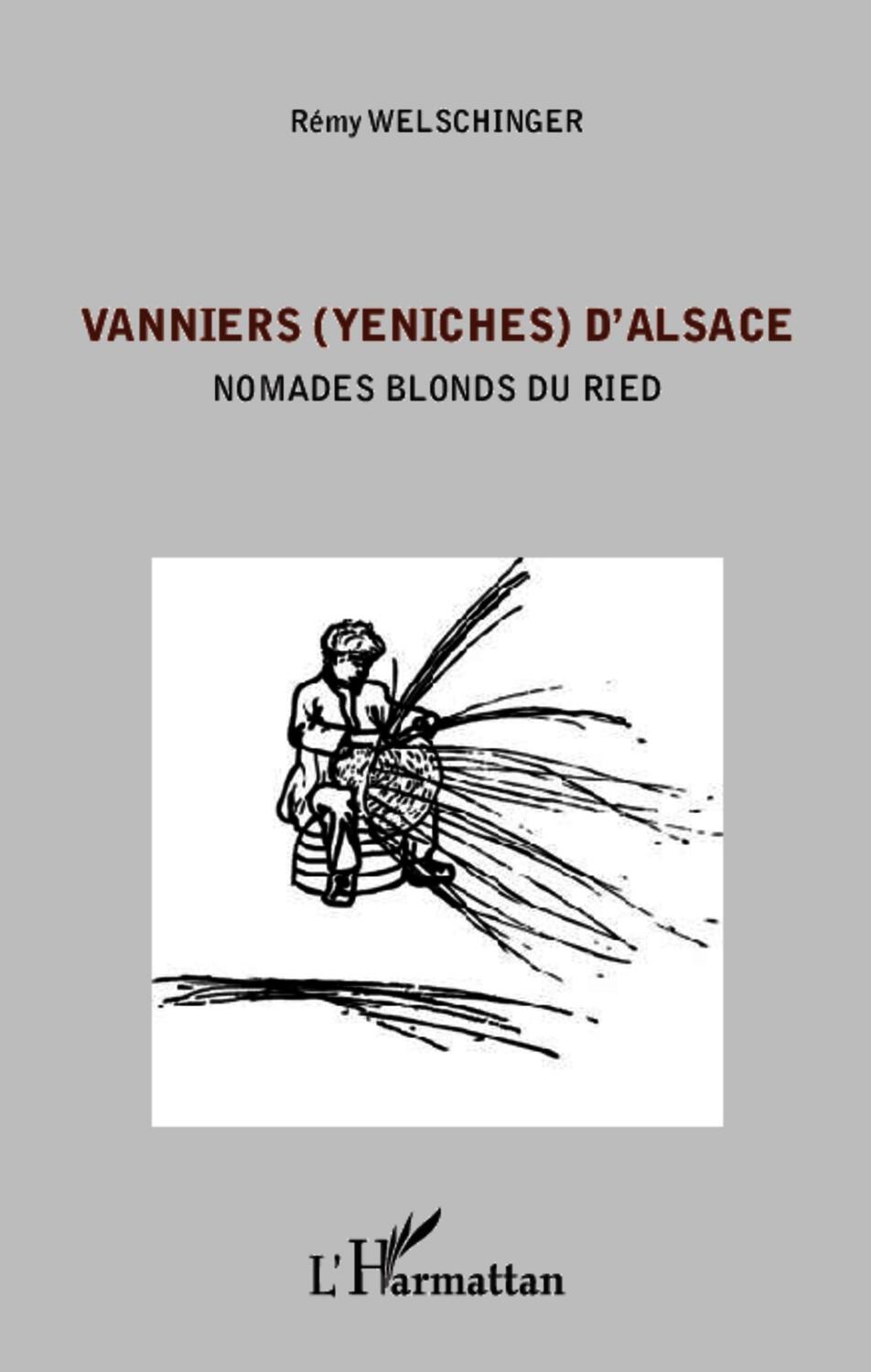Dekorationsartikel gehören nicht zum Leistungsumfang.
Sprache:
Englisch
44,20 €*
Versandkostenfrei per Post / DHL
Lieferzeit 1-2 Wochen
Kategorien:
Beschreibung
Known for their beautiful textile art, the Kuna of Panama have been scrutinized by anthropologists for decades. Perhaps surprisingly, this scrutiny has overlooked the magnificent Kuna craft of nuchukana-wooden anthropomorphic carvings-which play vital roles in curing and other Kuna rituals. Drawing on long-term fieldwork, Paolo Fortis at last brings to light this crucial cultural facet, illuminating not only Kuna aesthetics and art production but also their relation to wider social and cosmological concerns.
Exploring an art form that informs birth and death, personhood, the dream world, the natural world, religion, gender roles, and ecology, Kuna Art and Shamanism provides a rich understanding of this society's visual system, and the ways in which these groundbreaking ethnographic findings can enhance Amerindian scholarship overall. Fortis also explores the fact that to ask what it means for the Kuna people to carve the figure of a person is to pose a riddle about the culture's complete concept of knowing.
Also incorporating notions of landscape (islands, gardens, and ancient trees) as well as cycles of life, including the influence of illness, Fortis places the statues at the center of a network of social relationships that entangle people with nonhuman entities. As an activity carried out by skilled elderly men, who possess embodied knowledge of lifelong transformations, the carving process is one that mediates mortal worlds with those of immortal primordial spirits. Kuna Art and Shamanism immerses readers in this sense of unity and opposition between soul and body, internal forms and external appearances, and image and design.
Exploring an art form that informs birth and death, personhood, the dream world, the natural world, religion, gender roles, and ecology, Kuna Art and Shamanism provides a rich understanding of this society's visual system, and the ways in which these groundbreaking ethnographic findings can enhance Amerindian scholarship overall. Fortis also explores the fact that to ask what it means for the Kuna people to carve the figure of a person is to pose a riddle about the culture's complete concept of knowing.
Also incorporating notions of landscape (islands, gardens, and ancient trees) as well as cycles of life, including the influence of illness, Fortis places the statues at the center of a network of social relationships that entangle people with nonhuman entities. As an activity carried out by skilled elderly men, who possess embodied knowledge of lifelong transformations, the carving process is one that mediates mortal worlds with those of immortal primordial spirits. Kuna Art and Shamanism immerses readers in this sense of unity and opposition between soul and body, internal forms and external appearances, and image and design.
Known for their beautiful textile art, the Kuna of Panama have been scrutinized by anthropologists for decades. Perhaps surprisingly, this scrutiny has overlooked the magnificent Kuna craft of nuchukana-wooden anthropomorphic carvings-which play vital roles in curing and other Kuna rituals. Drawing on long-term fieldwork, Paolo Fortis at last brings to light this crucial cultural facet, illuminating not only Kuna aesthetics and art production but also their relation to wider social and cosmological concerns.
Exploring an art form that informs birth and death, personhood, the dream world, the natural world, religion, gender roles, and ecology, Kuna Art and Shamanism provides a rich understanding of this society's visual system, and the ways in which these groundbreaking ethnographic findings can enhance Amerindian scholarship overall. Fortis also explores the fact that to ask what it means for the Kuna people to carve the figure of a person is to pose a riddle about the culture's complete concept of knowing.
Also incorporating notions of landscape (islands, gardens, and ancient trees) as well as cycles of life, including the influence of illness, Fortis places the statues at the center of a network of social relationships that entangle people with nonhuman entities. As an activity carried out by skilled elderly men, who possess embodied knowledge of lifelong transformations, the carving process is one that mediates mortal worlds with those of immortal primordial spirits. Kuna Art and Shamanism immerses readers in this sense of unity and opposition between soul and body, internal forms and external appearances, and image and design.
Exploring an art form that informs birth and death, personhood, the dream world, the natural world, religion, gender roles, and ecology, Kuna Art and Shamanism provides a rich understanding of this society's visual system, and the ways in which these groundbreaking ethnographic findings can enhance Amerindian scholarship overall. Fortis also explores the fact that to ask what it means for the Kuna people to carve the figure of a person is to pose a riddle about the culture's complete concept of knowing.
Also incorporating notions of landscape (islands, gardens, and ancient trees) as well as cycles of life, including the influence of illness, Fortis places the statues at the center of a network of social relationships that entangle people with nonhuman entities. As an activity carried out by skilled elderly men, who possess embodied knowledge of lifelong transformations, the carving process is one that mediates mortal worlds with those of immortal primordial spirits. Kuna Art and Shamanism immerses readers in this sense of unity and opposition between soul and body, internal forms and external appearances, and image and design.
Über den Autor
Paolo Fortis is a lecturer in Social Anthropology at Durham University.
Inhaltsverzeichnis
- Acknowledgments
- Note on Orthography
- Introduction
- 1. Island, Gardens, and Ancient Trees
- 2. Alterity and the Populated Forest
- 3. Carving and the Transformation of Male Fertility
- 4. Amniotic Designs
- 5. From the Perspective of the Mother
- 6. Tarpa, or What Lies between Us
- 7. Images of Alterity
- 8. Sculptural Forms
- Conclusion
- Notes
- Glossary
- References
- Index
Details
| Erscheinungsjahr: | 2013 |
|---|---|
| Genre: | Kunst |
| Rubrik: | Kunst & Musik |
| Medium: | Taschenbuch |
| Seiten: | 272 |
| ISBN-13: | 9780292756861 |
| ISBN-10: | 0292756860 |
| Sprache: | Englisch |
| Ausstattung / Beilage: | Paperback |
| Einband: | Kartoniert / Broschiert |
| Autor: | Fortis, Paolo |
| Hersteller: | University of Texas Press |
| Maße: | 229 x 152 x 16 mm |
| Von/Mit: | Paolo Fortis |
| Erscheinungsdatum: | 01.01.2013 |
| Gewicht: | 0,446 kg |
Über den Autor
Paolo Fortis is a lecturer in Social Anthropology at Durham University.
Inhaltsverzeichnis
- Acknowledgments
- Note on Orthography
- Introduction
- 1. Island, Gardens, and Ancient Trees
- 2. Alterity and the Populated Forest
- 3. Carving and the Transformation of Male Fertility
- 4. Amniotic Designs
- 5. From the Perspective of the Mother
- 6. Tarpa, or What Lies between Us
- 7. Images of Alterity
- 8. Sculptural Forms
- Conclusion
- Notes
- Glossary
- References
- Index
Details
| Erscheinungsjahr: | 2013 |
|---|---|
| Genre: | Kunst |
| Rubrik: | Kunst & Musik |
| Medium: | Taschenbuch |
| Seiten: | 272 |
| ISBN-13: | 9780292756861 |
| ISBN-10: | 0292756860 |
| Sprache: | Englisch |
| Ausstattung / Beilage: | Paperback |
| Einband: | Kartoniert / Broschiert |
| Autor: | Fortis, Paolo |
| Hersteller: | University of Texas Press |
| Maße: | 229 x 152 x 16 mm |
| Von/Mit: | Paolo Fortis |
| Erscheinungsdatum: | 01.01.2013 |
| Gewicht: | 0,446 kg |
Warnhinweis









